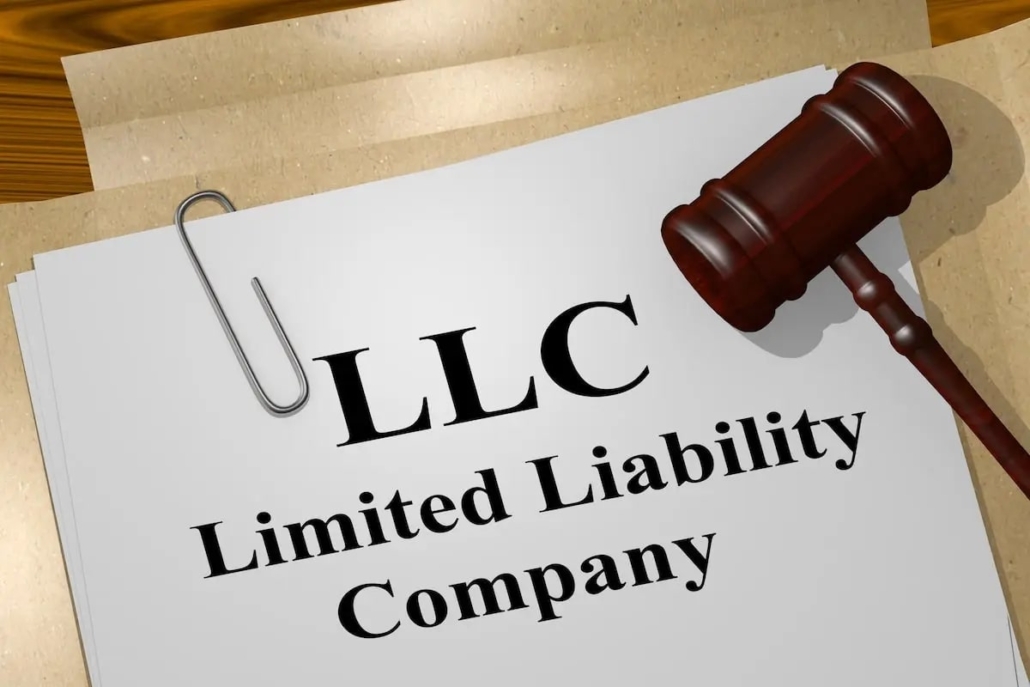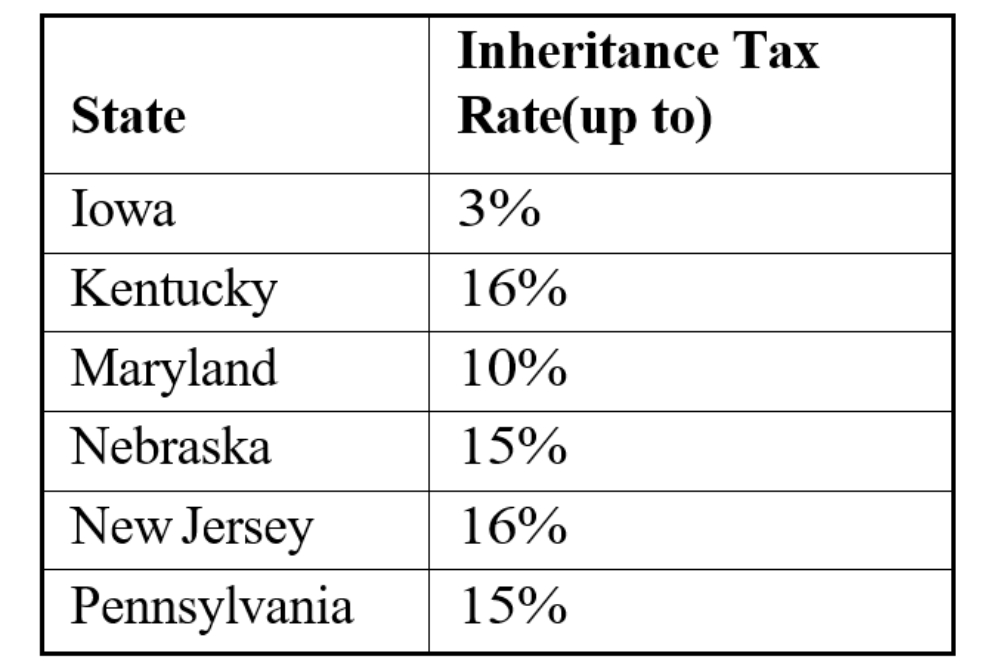Investing in Foreign Real Estate: FEMA Aspects & Fix-and-Flip Strategies for Indian Investors

In recent years, “fix and flip” has emerged as a lucrative real-estate investment strategy, particularly among high-net-worth individuals (HNIs) seeking to diversify their portfolios. By purchasing old/ dilapidated properties, renovating them, and then selling (a.k.a flipping) at a profit, investors are not only capitalizing on the potential of real estate but also securing a solid hedge against market volatility. With sought-after destinations like the UK, Switzerland, UAE and the US offering prime opportunities, the fix-and-flip market has become a preferred venue for those looking to strengthen their financial positions while simultaneously adding value to neighborhoods and cities.
Investment under liberalized remittance scheme

For Indian investors looking to tap into the “fix and flip” market abroad, it’s crucial to pay close attention to the country’s foreign exchange regulations. Under the Liberalized Remittance Scheme (LRS), individuals are allowed to remit up to $250,000 for overseas investments, but any transaction above the specified limit or involving certain high-risk countries requires approval from the Reserve Bank of India. To remit a higher amount, LRS limits of close family members maybe clubbed or the investment may be made through an Indian entity (involves careful planning).
It is important to note that “fix and flip” can be undertaken either through direct ownership of the property or through a special purpose vehicle (SPV) with limited liability. SPV-route is more prevalent as it acts as a pooling vehicle for multiple investors, avoids the risk of direct ownership and also reduces regulatory burdens. However, if there are only few owners then direct-ownership may be preferred as investing through SPV may entail regulatory hurdles (discussed further).
FEMA considerations for investing through SPV

As per FEMA Overseas Investment Rules, no person resident in India shall make investment in a foreign entity(including SPV) engaged in real estate activity. “Real estate activity” means buying and selling of real estate but does not include construction of residential or commercial premises for selling or leasing”. The term “construction” has not been defined in FEMA.
As stated earlier, the business model of “fix and flip” is such that an SPV would be incorporated in the foreign country which will purchase the property, refurbish it and then sell it at a profit. Though, in hindsight, it may seem that the SPV is engaged in buying and selling of real estate, since refurbishment is being undertaken, a view maybe taken that the SPV is engaged in construction of residential premises and hence the investment in SPV is permitted.
RBI requires the Indian invest or to disclose the activity code of the foreign entity in Form-FC as per NIC-2008(in Form-FC). The definition of “construction” as per NIC-2008 subsumes the activities of repairs and alterations. The commentary to the classification provides the following:
“This section (i.e. Construction) also includes the development of building projects for buildings or civil engineering works by bringing together financial, technical and physical means to realize the construction projects for later sale. If these activities are carried out not for later sale of the construction projects, but for their operation (e.g. renting of space in these buildings, manufacturing activities in these plants), the unit would not be classified here, but according to its operational activity, i.e. real estate, manufacturing etc.
It includes new work, repair, additions and alterations, the erection of pre-fabricated buildings or structures on the site and also construction of temporary nature. Included is the construction of entire dwellings, office buildings, stores and other public and utility buildings, farm buildings, etc.”
Therefore, the business model of fix and flip can be classified as construction activity as per FEMA. It is pertinent to note that, as per the above definition, the property so constructed/refurbished must be sold immediately by the SPV so as to not be qualified as a real estate activity. Some of the NIC codes which may fit the business activity of the foreign SPV are “4330-Building completion and finishing”; and “41002-Activitiesrelating to alteration, addition, repair, maintenance carried out on own-account basis or on a fee or contract basis”.
Planning investment strategy and exit route
Planning your exit route from the SPV is equally important as planning your investment strategy. Some of the key considerations include:
- Type of instrument- equity vs. debt
- Mode of investment- Direct investment vs. investing through an Indian entity
- Satisfaction of minimum investment holding period under FEMA
- Mode of exit – third-party sale, share-buy back or dividend distribution
- Exit costs- brokerage and registration fees
In some cases, the AD-banker may take a different view from the above and still classify the activity as real estate activity considering the speculative nature of fix and flip. When Indian investors are setting up a SPV for their fix and flip ventures, it is important to explain the nature of the construction activity clearly to the AD-Banker at the time of submitting Form FC. This ensures that the transaction is properly classified and complies with the RBI’s regulations on foreign investments. Proper documentation and transparency in outlining the investment structure will help prevent any delays or complications in the approval process, allowing the investor to move forward with their international property dealings without issues.
Looking to invest in foreign real estate? Get expert guidance on navigating FEMA regulations and structuring your investment the right way. Contact us today to start your journey.


























































